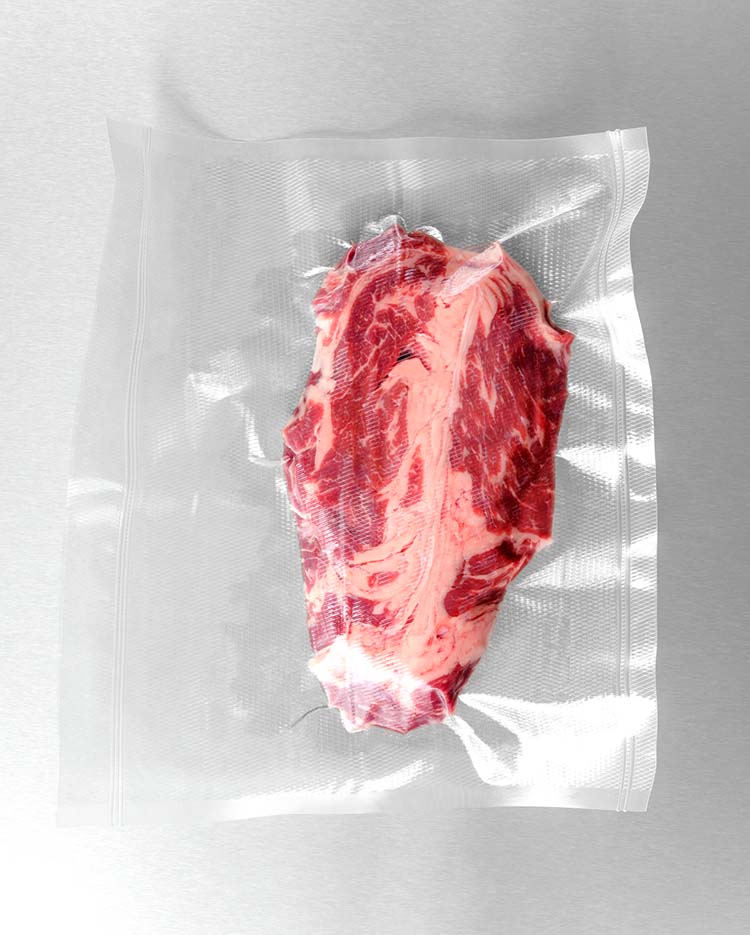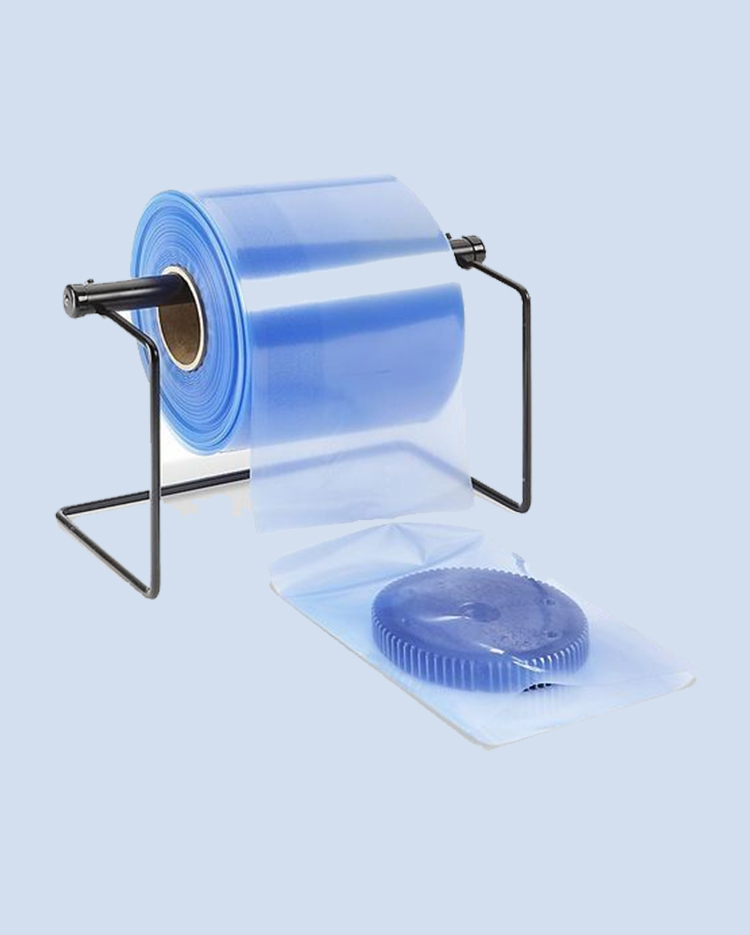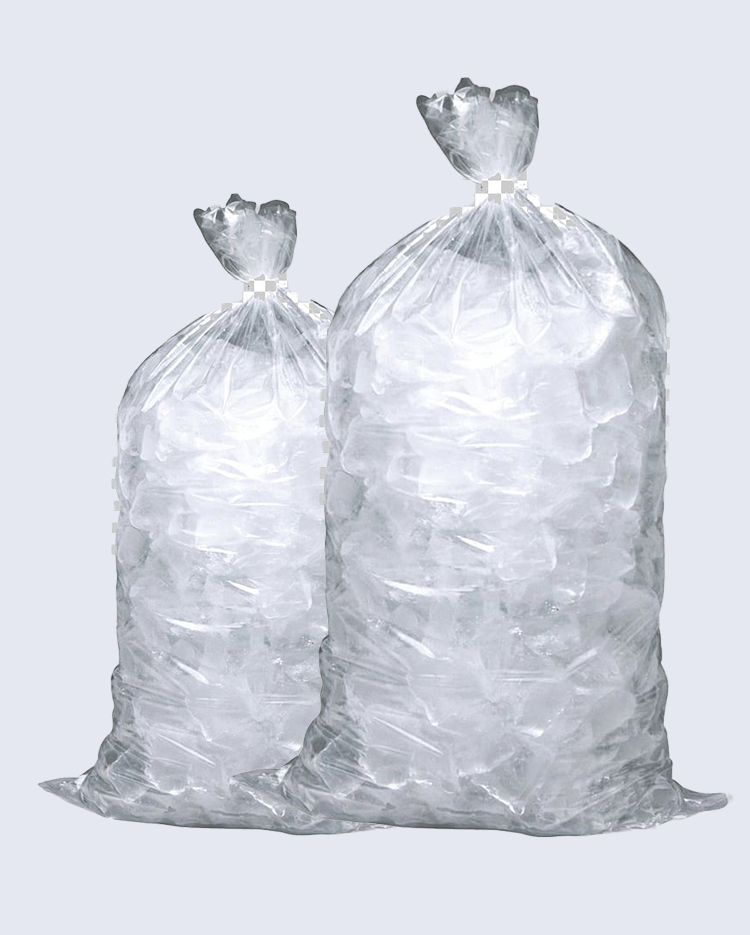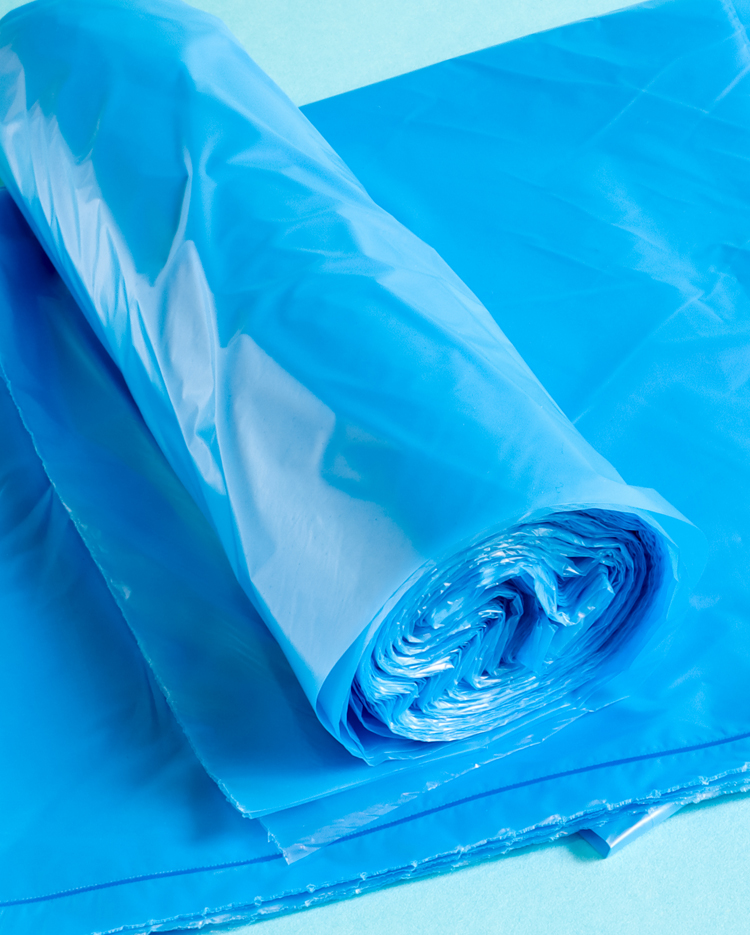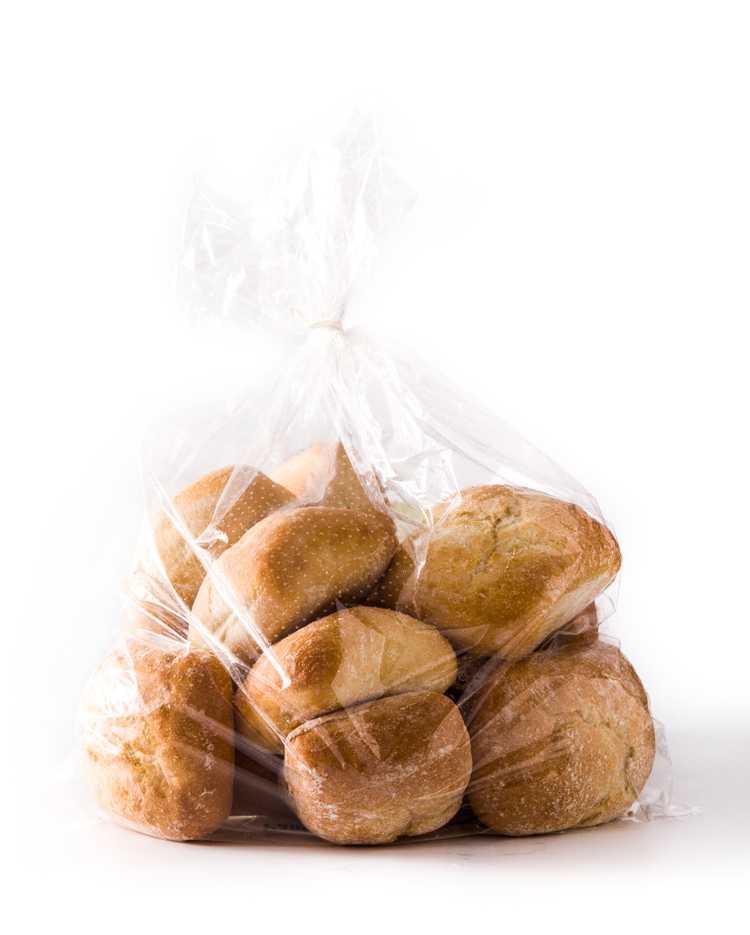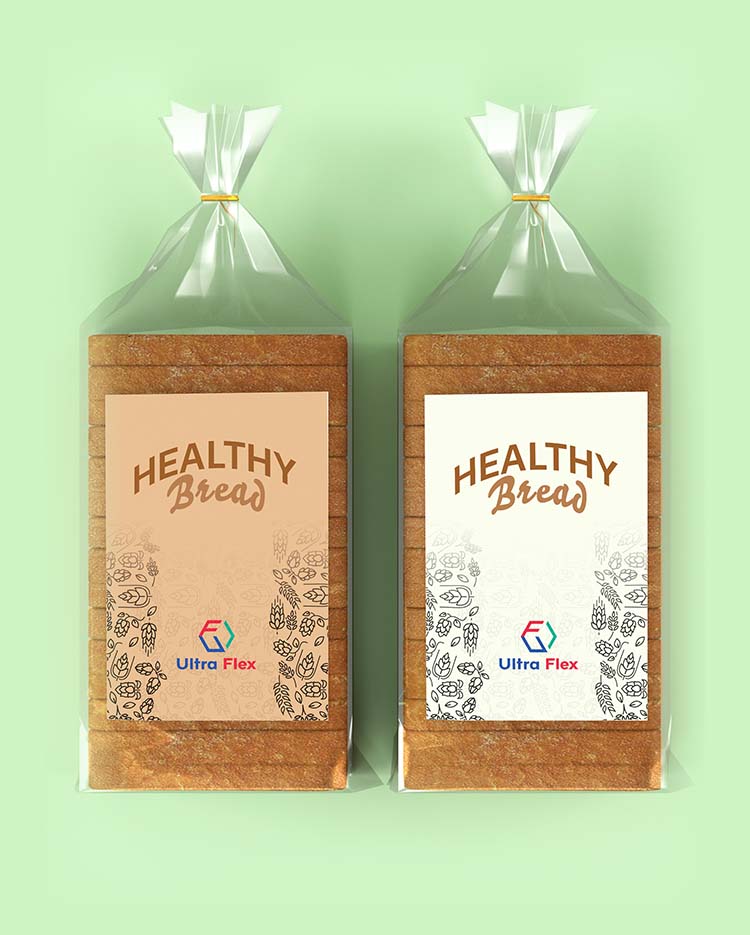
Sustainable Transformation of Packaging
Traditionally, packaging has been associated with environmental concerns due to the prevalent use of non-degradable materials. However, as global environmental issues have become increasingly prominent, manufacturers worldwide are transitioning from plastic packaging to more sustainable alternatives. This shift towards “green packaging” or “sustainable packaging” reflects a growing commitment to reducing environmental impact.
Challenges of Sustainable Packaging
The biggest hurdle for sustainable packaging is cost. While there has been a 20% increase in sustainable packaging use in the past 5 years, it still represents a small portion of the global market. Less than 5% of companies choose sustainable options, primarily due to the higher cost. Other challenges include reduced shelf life and perceived inferior quality. However, with more sustainable materials becoming available and growing consumer awareness, the trend is shifting towards sustainable packaging. To ensure success, sustainable packaging must prioritize product protection and meet basic quality standards.
Assessing Sustainable Packaging: Key Considerations
When evaluating sustainable packaging, it’s essential to consider its impact throughout its entire lifecycle. Here are some critical questions to ask:
- Human and Environmental Health: Does the packaging pose any risks to human health or the environment?
- Performance and Cost: Does it meet market standards for functionality and affordability?
- Sustainability: Is it sourced, manufactured, transported, and recycled using renewable energy and materials?
- Design Efficiency: Does the packaging minimize material usage and energy consumption?
- Circular Economy: Can the packaging be effectively recovered and recycled in biological or industrial cycles?
By addressing these questions, businesses can make informed decisions about sustainable packaging and gain a competitive advantage in today’s environmentally conscious market.
The 3 Rs of Sustainable Packaging
The 3Rs – Reduce, Reuse, Recycle – have become a cornerstone of sustainable practices. At Ultra Flex, we’re dedicated to incorporating these principles into our packaging solutions.
Reduce: Minimising Waste
We believe in creating packaging that is efficient and minimises waste. By optimizing designs, reducing material usage, and exploring alternatives, we strive to reduce the environmental footprint of our products.
Reuse: Promoting Circular Economy
We’re committed to promoting the circular economy by designing packaging that can be reused or repurposed. Our focus on durable and versatile materials encourages consumers to give our packaging a second life, reducing waste and conserving resources.
Recycle: Enhancing Sustainability
We encourage our customers to recycle our packaging materials whenever possible. By choosing recyclable options and providing clear recycling instructions, we’re empowering consumers to contribute to a more sustainable future.
Ultra Flex’s Sustainable Packaging Initiatives
- Recyclable Materials: We prioritize the use of recyclable materials, such as LDPE, HDPE, and PP, whenever possible.
- Minimalist Designs: Our packaging designs are optimised to reduce material usage without compromising product protection.
- Partnerships for Sustainability: We collaborate with industry leaders and organizations to promote sustainable packaging practices.
By embracing the 3Rs, Ultra Flex is committed to creating a more sustainable packaging landscape. We believe that through responsible practices and innovative solutions, we can contribute to a healthier planet for future generations.

